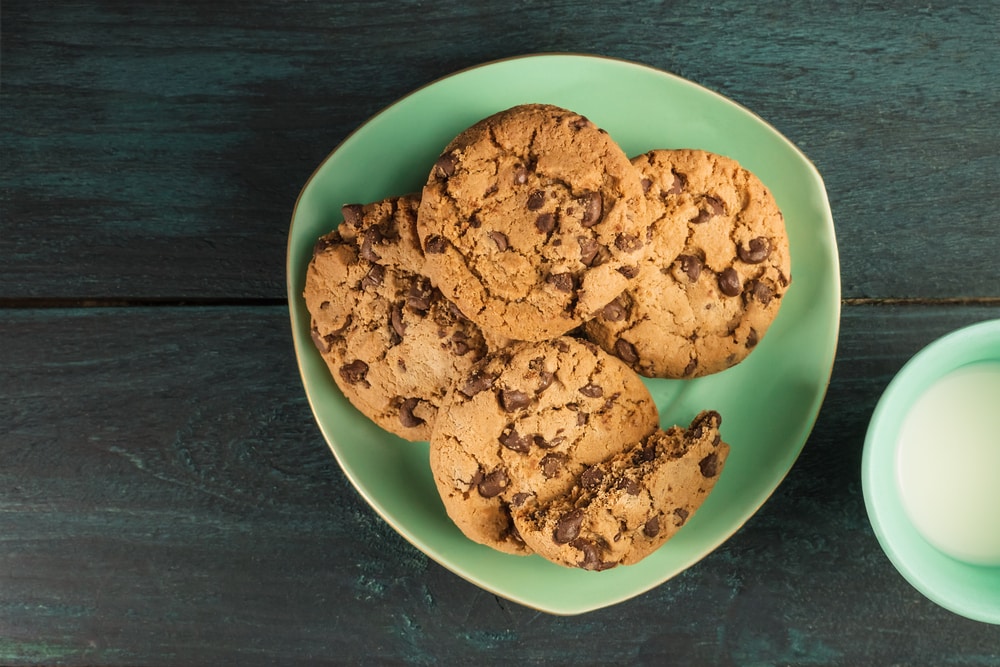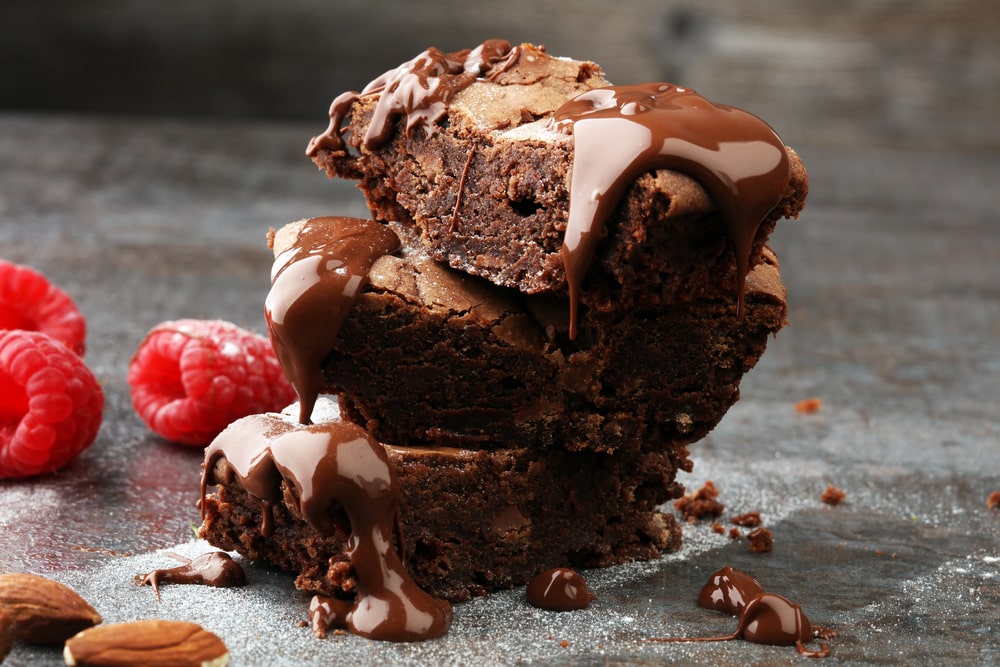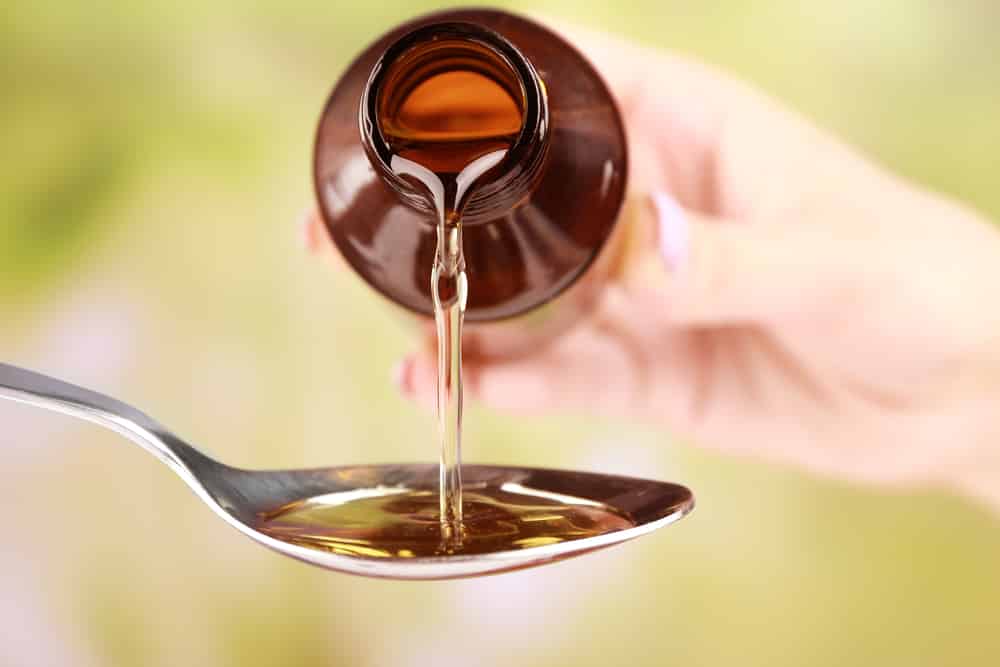No matter what, you can’t seem to silence your sweet tooth. You always opt for dessert, even when your meal has left you stuffed. To you, anytime is snack time — and snack time is just another excuse to reach for something sugar-coated. If this sounds a lot like your relationship with sweets, you might have a sugar addiction.
Your relationship with sugar is like any other bad relationship. You probably know it’s bad, but you just can’t convince yourself to walk away. Maybe you can’t convince yourself you need to leave sugar for good, but the information in this article might.
Let’s look at the different types of sugar, why you’re so convinced you need sugar in your life, and, most importantly, how you can beat your sugar addiction once and for all and quit the bad habit for good.

How many kinds of sugar are there, really?
There’s a lot of confusion out there about the difference between carbohydrates and sugar. Let’s make it a little easier: sugar is a carbohydrate. Carbohydrates are what’s known as a macronutrient, alongside protein and fat. You get carbs from the foods you eat. Once you eat carbohydrates, your body breaks them down into energy — eventually, a molecule called glucose. (The term blood glucose, or blood sugar, refers to how much glucose is in your blood after you digest food.)
What makes this more complicated is that there is more than one type of carbohydrate. Different types of carbs behave differently in your body. The way they’re digested is completely different. Therefore, not all carbs are bad — and not all of them are good, either.
Let’s discuss the different types of carbohydrates and how your body breaks them down.
Sugar
When you see a section on a nutrition facts panel labeled “sugar,” this is the kind of carbohydrate it’s referring to. These are known as simple sugars or simple carbohydrates. They’re made up of one or two molecules of sugar, which makes them very easy to digest. Your body digests simple carbohydrates quickly, which releases large amounts of glucose into your bloodstream. This flood of glucose causes a sharp spike in your blood sugar. Eventually, in healthy individuals, insulin kicks in, and your blood sugar drops. Fruits and vegetables, as well as refined grains, processed foods and sweets, all contain simple sugars. Not all simple sugars are bad for you — but many are considered harmful.
Fiber
Fiber is what is known as a complex carbohydrate — it’s made up of many sugar molecules, making it harder to break down. Your body digests it very slowly, which means the uptake of glucose in your bloodstream is also much slower. This leads to a much smaller spike in blood sugar, which is one reason why high-fiber foods are so healthy. This is the type of carbohydrate you will find in fruits, vegetables, beans, dairy, and grains. The higher a food’s fiber content is, in general, the better that food is for you. However, this also depends on its other nutritional benefits, such as vitamins and minerals.
Starch
Like fiber, starch is also a complex carbohydrate that releases glucose into your bloodstream slowly. You’ll find starch in many vegetables and grains, as well as foods like beans, breads, and cereals. Starch is not bad for you if it comes in a food that’s highly nutritious. However, like simple sugars, if it’s present in a food that is otherwise unhealthy, it’s not going to do you much good.
What are added sugars?
Sometimes food manufacturers take the sugar from healthy foods and add it to foods during processing — thus, they become added sugars. Added sugars contain all the simple sugars found in fruits and vegetables and many other healthy foods — without the nutrition that comes along with those foods. This is why foods with added sugars — everything from candy to cookies to chips, syrups, and soft drinks — are so bad for you. They contain plenty of sweetness, but almost no nutrition whatsoever.
For the purposes of this article, when we refer to “sugar,” we’re talking about added sugars — the highly processed chemicals that do not occur naturally in foods. Do not fear foods that contain sugar naturally. In reasonable amounts, they will usually not cause harm the way processed sugars will.

Why you can’t stop eating sugar
If you suspect you have a sugar addiction, you’re most likely craving foods high in simple sugars and extremely low in other nutrients. Some of the most addicting foods in the world are loaded with added sugars and other synthetic, highly processed food additives. The science behind why it’s so easy to get hooked on sugar is complex, but if you’re at all familiar with addiction to any substance or activity, it’s not that foreign of a concept.
How addiction works
The different parts of your brain communicate through neurotransmitters, which travel between neurons to transmit different messages. According to the National Institute on Drug Abuse, many drugs interfere with this process, completely scrambling the brain’s normal communication systems. Sometimes, this ends up stimulating feelings of pleasure. If a drug ends up flooding your brain with dopamine, it tricks your brain into thinking you’ve consumed something nice. Your brain wants more of that nice thing — thus, you start craving more of it, even when you no longer want it.
This is an extremely simplified explanation of how drugs can mess with your head, but it’s all you need to know in order to understand why eating too much sugar is so dangerous.
Your brain on sugar
Sugar addiction isn’t much different than an addiction to any other substance. While sugar itself is not a drug in the traditional sense, it can act a lot like one. Drugs can essentially stimulate the overproduction of dopamine, which makes your brain feel good. Eating too much sugar also raises the levels of dopamine in your brain — and the same thing that happens when you take too many drugs happens when you overdo the sugar.
Your brain wants you to have more sugar. You start to crave it. Once you start eating it, it’s extremely difficult to stop. Even worse, the more sugar you eat, the more sugar you need to stimulate the same amount of pleasure you felt the first time you had it.
This is how sugar addiction takes control of your life — it’s completely psychological. And the good news there is that it’s treatable. That’s right — you can overcome your sugar addiction. You can say goodbye and never look back.

How to beat your sugar addiction
As with any other kind of addiction, sugar addiction isn’t something you can beat in a day. However, there are a number of things you can do to eat less sugar and more healthy food. You’re not going to like some of these suggestions — but if you’re willing to try them out, they could help you say no to sugar.
Learn to crave healthier sugars
Believe it or not, you can train your body to ‘crave’ healthier food. You technically trained it to love processed sugar, even though you didn’t mean to. While the idea that you could one day reach for a piece of fruit to satisfy your sweet tooth might sound like a fairytale, it’s more realistic than you think. Your body does not want added sugars — only your brain does. Train your brain to forget how much it wants terrible food, and you’re much less likely to crave it.
The first step to getting rid of unhealthy food cravings is to stop eating unhealthy food. Seems impossible, right? You started reading this article because you’re interested in eating less sugar. You’re going to have to decide whether or not you’re willing to commit here.
Buy healthier sugars
Before you fill your grocery cart with sweets and soft drinks, first consider what might happen if you bought different foods. You’re used to just showing up and buying as many sugar-loaded foods as you want — but you don’t have to. One of the best ways to eat less of one kind of food and more of another. Remember, sugar doesn’t fill you up. Foods high in protein and fiber, however, will. If you eat three fiber-rich, high-protein meals and multiple filling snacks daily, you’re not going to face as much temptation to reach for sugar when you’re hungry.
It might help to create a grocery list before you go shopping. It’s much easier to wander down the aisles and grab whatever looks good when you don’t have a list of what you need in front of you. Leave junk food off the list. Fill it with fresh fruits and vegetables, meat, fish, dairy products — everything except the high-sugar snacks you’re so convinced you need.
If you really don’t trust yourself alone on a shopping trip, ask a friend or family member to go with you — someone you trust not to let you buy foods with added sugars, no matter how much you plead and cry. Accountability works in all kinds of situations, especially if you’re trying to go on an added sugar ‘detox’ to help destroy your sugar addiction.
And of course, let’s not forget the golden rule of grocery shopping: DON’T SHOP HUNGRY!

Cut heavily processed foods out of your diet
Our bodies are not meant to digest large amounts of processed foods. All that sugar is not good for you, and deep down, you know it. If you’re wondering how to stop eating so much sugar, the solution is as simple — and as complicated — as this: stop eating the foods that contain the chemicals that are hurting you. Stop — do it now. Don’t wait until tomorrow or next week or next year. Start now.
That may seem like a drastic measure to take, but there’s no room for cheat days when you’re dealing with an addiction. Someone addicted to smoking cigarettes doesn’t quit by rewarding themselves with a smoke break every now and then — they quit. If you want to kick your addiction to sugar, you need to stop eating it. Rather, you need to find better alternatives to your go-to sugar-saturated treats. You can’t cut one thing out of your diet without replacing it with something better — that’s not how dieting works.
Stop buying sugary foods and drinks
You can go to the grocery store and not buy Oreos. You might not think you’re capable of such a treacherous endeavor, but it’s possible. In reality, are in control of everything you put in that grocery cart. Processed foods usually have unhealthy amounts of sugar. Don’t pick it up. Don’t even go down that grocery aisle. If you have to switch to ordering your groceries online so you can’t reach out and physically grab a package of Oreos, do it. Do whatever you have to do to not let these foods even enter your home.
Another trick for successful supermarket shopping to kick your sugar addiction is to fill your cart as full as you can with healthy foods and ingredients. If there’s no more room left for junk food, you’ll be much less tempted to add it to your cart. Right? Grab a small cart if you have to.
Study your food labels
It’s not enough to check the nutrition facts panel on food packaging and count the number of grams under the “sugar” column before you buy. You also need to look at the ingredients’ list to see what’s actually in the food you’re eating — the physical ingredients, not just the numerical nutrition values.
Sometimes, you’ll see “sugar” listed among your food’s ingredients. But not always. Food manufacturers are required to list everything they put into a food in order of how much of it appears in that product. They can call sugar a number of different names to make it seem like there’s less sugar in what you’re eating than there actually is.
That’s right — sugar has aliases. Many, many secret identities. Behind those many names are the same potentially harmful sugars that can make you sick if eaten in excess for too long. Here is a list of names to watch for when you’re scanning those ingredients’ lists. The most common ones are in bold.

You might also pronounce sugar like this:
- Anhydrous dextrose
- Brown sugar
- Cane crystals
- Cane sugar
- Carbitol
- Concentrated fruit juice
- Corn sweetener
- Corn syrup
- Corn syrup solids
- Crystal dextrose
- Diglycerides
- Disaccharides
- Evaporated cane juice
- Erythritol
- Fructose
- Fructose sweetener
- Fruit juice concentrate
- Galactose
- Glucitol
- Glucoamine
- Glucose
- Hexitol
- High-fructose corn syrup
- Honey
- Lactose
- Liquid fructose
- Malted barley
- Maltodextrin
- Malts
- Maltose
- Malt syrup
- Maple syrup
- Molasses
- Nectars
- Pancake syrup
- Pentose
- Raw sugar
- Raisin syrup
- Ribose
- Rice malt
- Rice syrup
- Rice syrup solids
- Sorbitol
- Sorghum,
- Sucanat
- Sucanet
- Sugar
- Syrup
- White sugar
- Xylitol
- Zylose

Generally, if it ends in -ose, walk away. Until you know you can enjoy a sugar-sweetened treat on special occasions without losing complete control over what and how much you consume, your best bet is to keep it out of your life. Break up with sugar. It might seem nice and sweet when you need comfort, but it’s never going to stop hurting you.
Dealing with a sugar addiction is not easy. Always remember that you’re not the only one struggling to silence your brain’s nonstop cravings for sugar. If you need legitimate professional help to deal with your problem, seek it out. Beating your sugar addiction could be the key to reaching a healthier weight, feeling better about yourself, and living a longer, healthier life. You never know until you try. If you can do it on your own, kudos to you. If you can’t, that’s OK. Do what you have to do to say goodbye to sugar for good.


